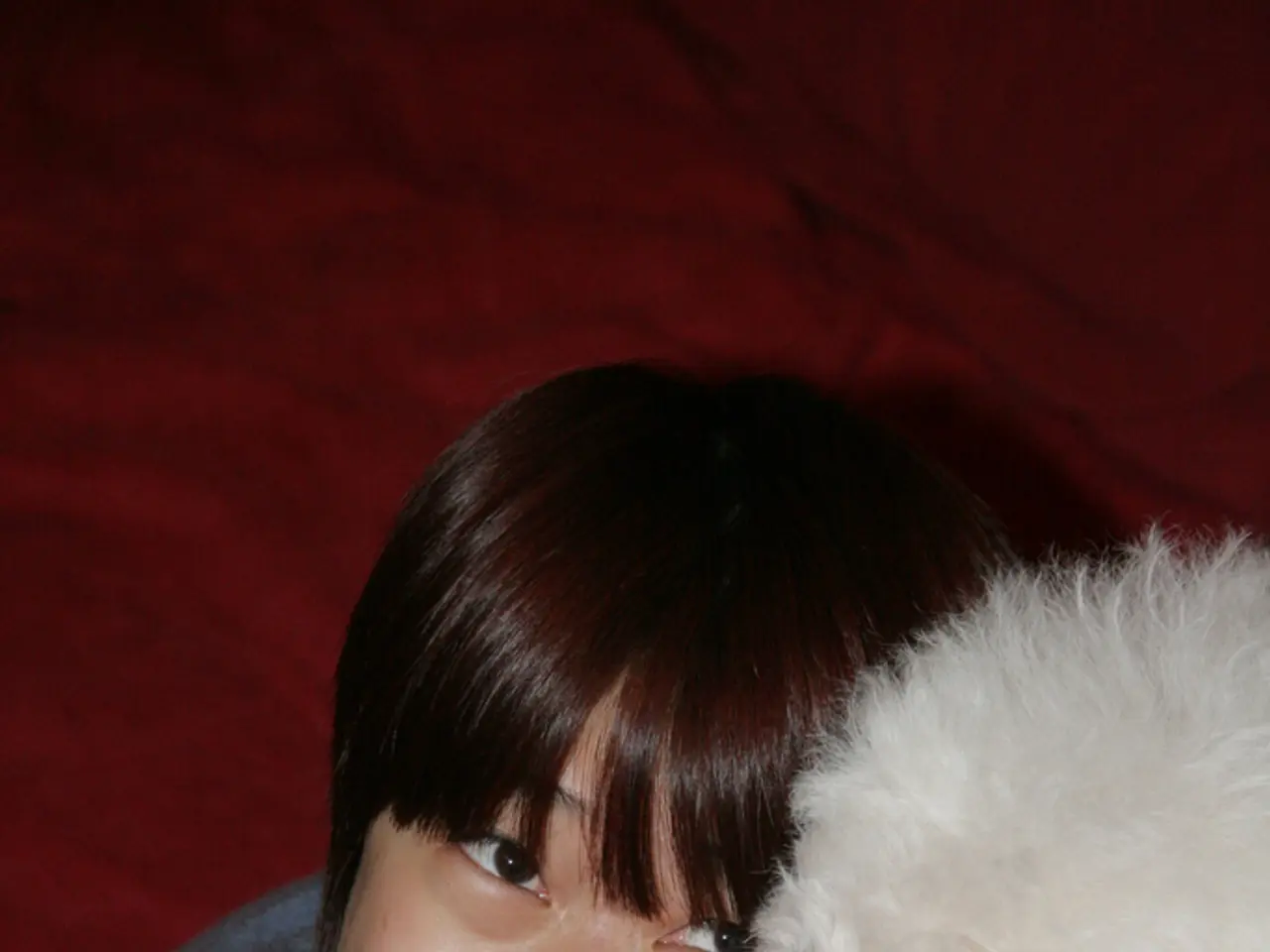Characteristics and Causes of Anxious Bonding in Interpersonal Connections (Manifestations & Activators)
In the realm of romantic relationships, understanding one's attachment style can be a game-changer. Anxious attachment, a romantic attachment style characterised by excessive anxiety, fear, and a strong need for reassurance, is a common pattern that can greatly benefit from exploration [1][2][3][5].
Individuals with anxious attachment often crave intimacy and approval, yet grapple with insecurity and worry about their partner's commitment or feelings towards them. Key characteristics and behaviours include a pursuit-distance cycle, constant seeking of reassurance, emotional sensitivity, overthinking, jealousy, difficulty setting boundaries, and behavioural manifestations in other relationships [1][2][3][5].
The pursuit-distance cycle, a common feature, involves intensified pursuit when sensing distance, which can trigger the partner's need for space, creating a challenging push-pull dynamic. Frequent requests for reassurance about their partner's love and commitment are driven by fears of abandonment or not being "enough" [3][5]. Emotional sensitivity and overthinking often lead to overanalyzing their partner's words, tone, or behaviours, making them easily distressed by perceived signs of withdrawal or rejection [3][2].
Jealousy and insecurity are also common, not necessarily due to distrust, but from low self-worth and fear of losing the partner. Difficulty asserting needs or setting boundaries is another hurdle, as they fear it might jeopardize the relationship's security [5]. Beyond romantic relationships, anxious attachment can manifest as people-pleasing, rejection sensitivity, and difficulty maintaining boundaries in friendships, family dynamics, and professional settings [1][3].
Anxious attachment often stems from inconsistent or unpredictable caregiving in childhood, fostering hypervigilance about maintaining emotional closeness and deep worry about relational security [5]. This style frequently pairs with avoidant partners, intensifying the cycle of pursuit and withdrawal [2][3].
However, hope is not lost. Overcoming anxious attachment in relationships requires understanding the attachment style, learning to manage anxiety, improving communication skills, and building self-confidence. Taking a quiz can help determine an individual's attachment style in relationships [4]. With patience and time, individuals can reframe their actions in relationships and move towards a secure attachment style [1].
For those with anxious attachment, it's essential to remember that they may feel like they have to walk on eggshells around their partner due to fear of rejection or abandonment. They may also feel the need to impress their partner, experience jealousy, and worry that they are never good enough [1]. Understanding these feelings can be a step towards healthier, more secure relationships.
- Delving into the realm of relationships, understanding one's attachment style, particularly anxious attachment, can pave the way for improved intimacy and healthier relationships.
- Engaging in self-exploration, including the examination of anxious attachment, can reveal patterns like excessive anxiety, fear, and a strong need for reassurance.
- Individuals with anxious attachment often grapple with insecurity and attachment to approval, but lack self-confidence due to concerns about their partner's commitment or feelings.
- Embracing the pursuit-distance cycle, a common feature of anxious attachment, involves intensive pursuit when sensing distance, which may inadvertently instigate a challenging push-pull dynamic.
- Overthinking, emotional sensitivity, and jealousy are intertwined with anxious attachment, often leading to distress over perceived signs of withdrawal or rejection.
- In settings beyond romance, anxious attachment can surface as people-pleasing behaviors, rejection sensitivity, and difficulty establishing boundaries in friendships, families, and workplaces.
- The roots of anxious attachment can be traced back to inconsistent or unpredictable caregiving in childhood, which fosters hypervigilance and deep-seated concerns about maintaining emotional closeness.
- Addressing anxious attachment in relationships involves understanding the attachment style, learning to manage anxiety, enhancing communication skills, and fostering self-confidence.
- Seeking knowledge about one's attachment style through quizzes and therapy can help individuals navigate toward a more secure connection and personal growth.
- With patience, time, and a commitment to education and self-development, one can transform their relationships by overcoming anxious attachment and embracing mental health, health-and-wellness, and lifestyle improvements.




